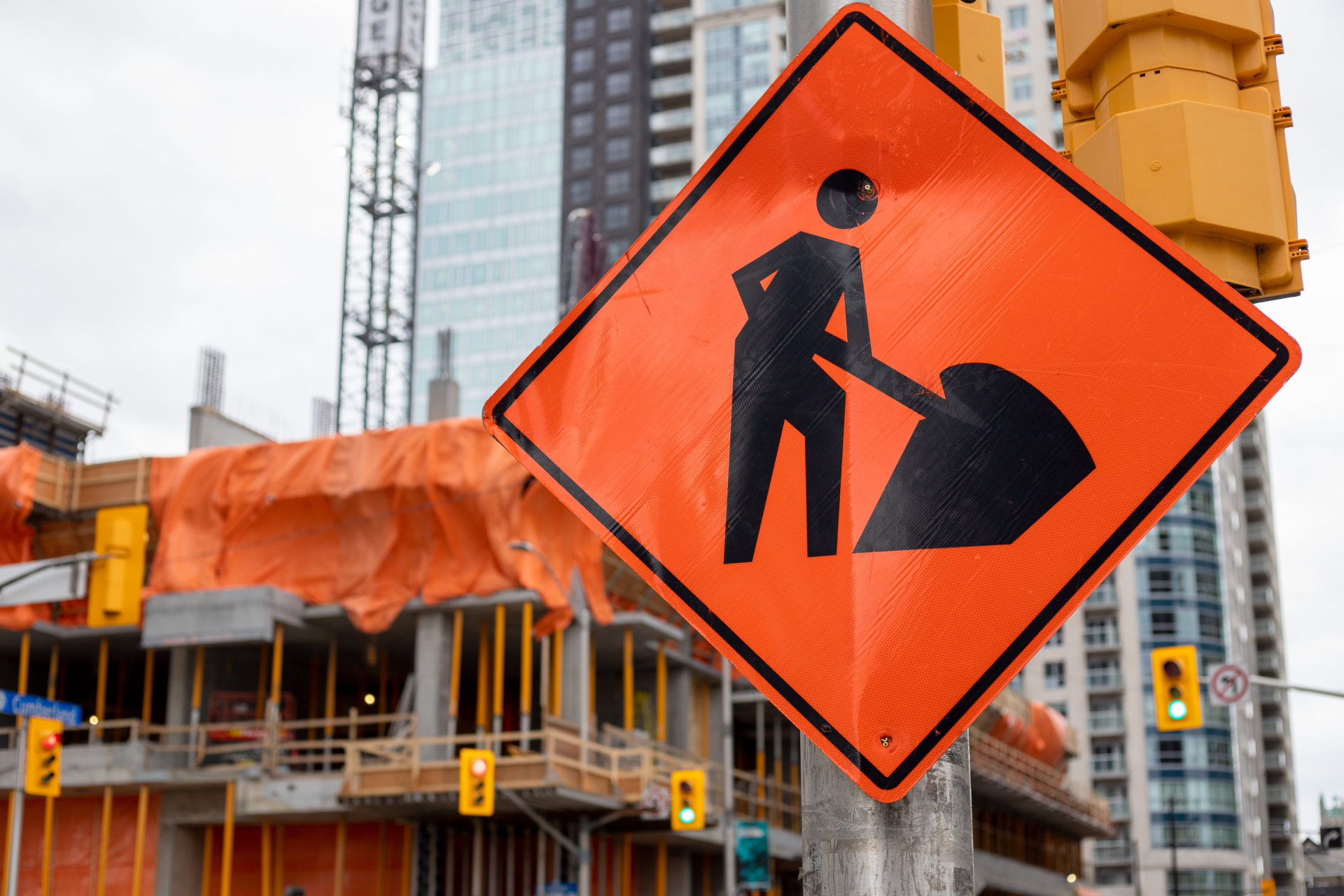
Commercial construction projects are complex and inherently risky due to the various activities and equipment involved. Ensuring the safety of workers on these sites is paramount, as construction-related hazards can lead to severe injuries or fatalities.
By understanding the most common hazards and implementing effective safety measures, you can significantly reduce the risk of accidents. In this article, we’ll explore the most common construction site hazards, breaking down effective strategies to avoid them.
Exploring the Most Common Construction Site Hazards
By identifying and understanding these hazards, construction managers can implement effective safety measures to mitigate risks and protect their teams.
The most common commercial construction site hazards include:
- Falls from heights
- Struck-by incidents
- Electrical hazards
- Caught-in/between hazards
- Chemical exposure
1. Falls from Heights
Falls from heights are among the most prevalent hazards in the construction industry, often resulting in serious injuries or fatalities. These incidents typically occur when workers are on scaffolding, ladders, or roofs without adequate fall protection measures.
To avoid falls, it’s crucial to implement fall protection systems such as guardrails, safety nets, and personal fall arrest systems (PFAS). Workers should receive comprehensive training on the proper use of fall protection equipment and safe working practices. Additionally, regular inspections of scaffolding, ladders, and other elevated work platforms are essential to ensure they are in good condition and properly secured.
2. Struck-By Incidents
Struck-by incidents happen when workers are hit by moving vehicles, falling tools, or materials. These accidents can be fatal or cause severe injuries.
To prevent struck-by incidents, use barriers and clear signage to direct vehicle and foot traffic, creating exclusion zones around high-risk areas. Ensure that workers wear high-visibility clothing, hard hats, and other appropriate personal protective equipment (PPE). Effective communication systems and spotters can help manage the movement of vehicles and heavy equipment on site, further reducing the risk of accidents.
3. Electrical Hazards
Electrical hazards pose a significant risk on construction sites. Contact with live electrical wires or equipment can lead to electrocution, burns, or other serious injuries.
Implementing lockout/tagout procedures is vital to ensure electrical equipment is de-energized before maintenance or repair work. Use insulated tools and wear appropriate PPE, such as rubber gloves and boots. It’s also important to ensure that only qualified and trained personnel handle electrical installations and repairs to minimize the risk of electrical accidents.
4. Caught-In/Between Hazards
Caught-in/between hazards occur when workers are trapped between machinery, equipment, or structures, leading to crush injuries or fatalities.
To avoid these hazards, ensure appropriate guards are installed on machinery and equipment to prevent accidental contact. Develop and enforce safe work practices, such as keeping hands and clothing away from moving parts. Educating workers on the potential caught-in/between hazards and the importance of staying alert and aware of their surroundings is also essential.
5. Chemical Exposure
Exposure to hazardous chemicals can cause respiratory issues, skin irritation, or long-term health problems. This hazard is particularly concerning in construction environments where various chemicals are used.
Proper storage and handling of chemicals in labeled containers, along with following safe handling procedures, are critical to reducing exposure risks. Use adequate ventilation systems to minimize inhalation of harmful fumes. Providing and enforcing the use of appropriate PPE, such as gloves, masks, and respirators, is also necessary when handling hazardous substances.
Avoiding the Hazards in a Commercial Construction Project
The key to avoiding hazards in commercial construction lies in a proactive approach to safety, which includes comprehensive planning, regular training, and strict adherence to safety protocols. Fortunately, this can be accomplished with three simple tactics:
- Conduct regular safety audits
- Partner with a safety management team
- Encourage worker safety programs
Conduct Regular Safety Audits
Regularly review and update safety procedures, and conduct audits to identify and address potential hazards. This ongoing process helps maintain a safe work environment and ensures compliance with safety regulations.
Partner with a Safety Management Team
One of the most effective ways to avoid hazards in commercial construction is to work with an experienced construction safety management team. These professionals have the expertise to identify potential risks, develop comprehensive safety plans, and ensure strict adherence to safety protocols. They provide valuable guidance and oversight, helping you maintain a safe work environment and protect your workers.
Engage Workers in Safety Programs
Encourage worker participation in safety programs and create a culture where safety is a shared responsibility. When workers are actively involved in safety initiatives, they are more likely to adhere to protocols and contribute to a safer workplace.
Build Your Next Construction Project with Peace of Mind
Recognizing and addressing common construction site hazards is crucial for creating a safer work environment, reducing the risk of injuries, and ensuring the successful completion of your commercial construction project.
By implementing robust safety measures and collaborating with an experienced construction safety management team, you can build with peace of mind, knowing that your workers are protected and your project is on track for success.
For further information on ensuring safety in your commercial construction projects, contact RD Fast Construction, the most reputable commercial construction company in Los Angeles
at (213) 842-1229 or visit www.RDFastConstruction.com to learn more.



